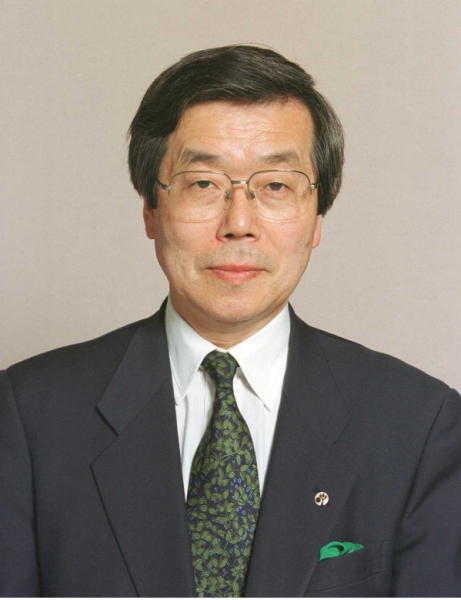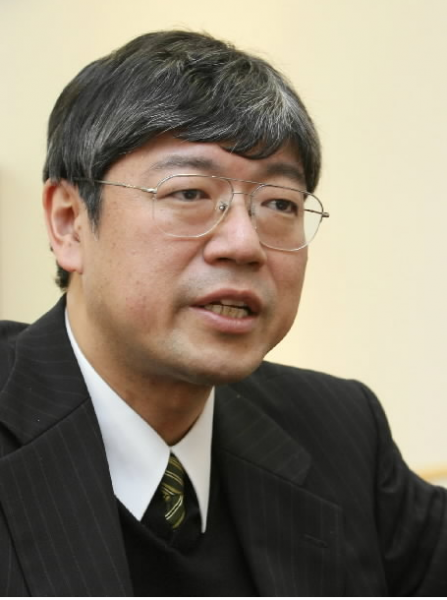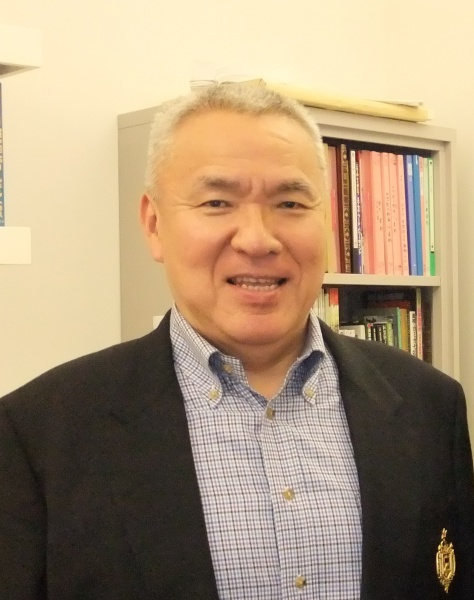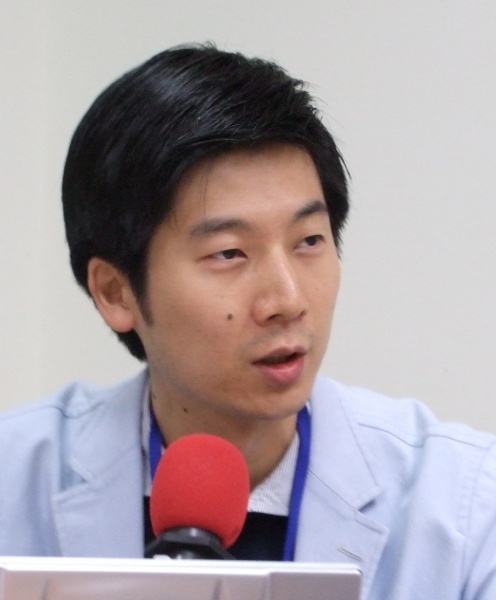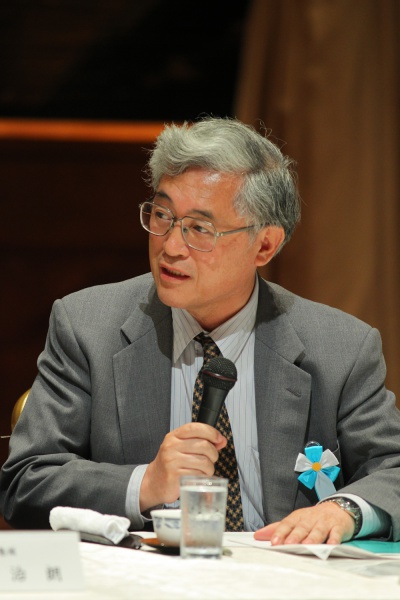Electorate Plumps for “Curry Rice”
Professor Kamiya Matake analyzes the results of December’s General Election.
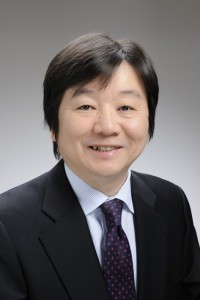
KAMIYA Matake, Professor, National Defense Academy of Japan
The House of Representatives Elections (General Elections) held on December 14 resulted in a landslide victory for the Liberal Democratic Party (LDP) led by Prime Minister Abe Shinzo. Since 1996, the House of Representatives in Japan has comprised the combined total of members elected by proportional representation and single member constituencies. In the latest election, the LDP won in 223 of 295 small electoral districts, while obtaining 68 of the 180 seats in proportional representation, which divides the nation into eleven blocks. The LDP acquired 61.26% of all seats, its second highest figure in all seventeen elections held in the past fifty years. Komeito, the LDP’s coalition partner in the Abe Administration, won 35 seats — four more than its pre-election figure of 31. The opposition Democratic Party of Japan (DPJ) won 73 seats, which is more than the 57 won in the previous election, but it won only 38 of the 295 small electoral districts. In proportional representation, the LDP collected 17.66 million votes — about one million more than in the last election and an increase from 27.6% last time to 33.1% – despite the latest election seeing the worst voter turnout (52.66%) in postwar history, and together with Komeito it received 24.97 million votes (46.8%) as the ruling coalition. However, the DPJ only picked up 9.78 million votes (18.3%).
This result makes it seem as if the Japanese people were overwhelming in their support for the Abe administration and its policies of the last two years. But a series of polls conducted before and after the election provides a quite different picture.
According to a national poll conducted by Japan’s largest national newspaper, the Yomiuri shimbun, on December 15 and 16, 46% of respondents answered that the ruling party’s landslide victory was “Not a good result,” exceeding the 38% that answered that it was “A good result.” Regarding the reasons why the LDP won in a landslide, 65% answered, “People thought it was better than any of the other parties.” In the past three House of Representatives elections (2005, 2009 and 2012), the LDP, the DPJ and the LDP respectively dominated, winning more than 60% of the seats and increasing public support by 8% to 16% from before the elections. This time though, public support for the LDP, despite the landslide victory, dropped from 41% in the pre-election survey (Nov. 21–22) to 36%.
The Yomiuri suggested that this shows that the landslide victory of the ruling party was a “Sweep without the rage” that does not reflect proactive public support for the cabinet or the LDP.
The public does not dislike Abe. In the above Yomiuri survey, 51% supported the Abe administration (41% disapproved of it). As I have mentioned many times in this column, postwar Japanese are overly critical of their government, and a cabinet approval rate exceeding 50% is quite exceptional at times other than when a cabinet has just been formed. The fact that Abe continues to attract more than 50% approval two years after his inauguration underscores his popularity. His policies have earned support as well. In an exit poll conducted by national broadcaster NHK on the most recent election day, 59% of respondents said that they “Positively assess” the Abe administration’s accomplishments of the past two years, while 42% said that they “Negatively assess” them. Likewise, 54% gave a positive assessment of Abenomics, exceeding the 46% who did not, while 54% were positive about the administration’s diplomatic and national security policies as opposed to the 46% that were negative about them. Particularly in terms of one of these subjects — the legitimacy of Abenomics, which was considered to be the key issue in the latest election — an Asahi shimbun poll conducted prior to the election (November 29–30) also resulted in 37% answering that it was a “Success,” over 30% who said that it was a “Failure.”
But this approval has not yet led to strong, unwavering support. For instance, many Japanese people have not yet felt the effects of Abenomics. In a Kyodo News poll conducted on November 28–29, as many as 84% of respondents said that they “Have not felt” that the administration’s economic policies have made the economy better. The Asahi poll mentioned earlier showed that one of the economic policies that Abe is attempting to implement — the re-activation of the nuclear power plants (Japan’s nuclear power plants have all ceased operation due to the effects of the Fukushima Daiichi Nuclear Power Plant accident caused by the March 2011 earthquake) — has 56% of respondents opposing it, which is double the amount of those who support it (28%). Even in diplomatic and national security policies, there is still strong opposition to exercising the right of collective self-defense. In the Asahi poll, 50% did not approve of Abe’s judgment, significantly exceeding the 32% who did.
Little Choice
How should we view this difference between the results of the election and the polls? The Nikkei newspaper had this to say on its top page the day after the election:
The collective thought of the voters that led the ruling party to victory likely comes down to, “We have no choice but to let Abe work a little longer,” despite their opinions on individual policies.
I couldn’t agree more.
In the latest election, Abe repeatedly stated, “This is the only path to take in terms of economy, diplomacy and national security,” and asked for support. The key issue in this election was whether or not it really is the only path. Many voters likely felt that there might be different paths to individual policy fields other than the ones Abe was presenting. But the DPJ and other opposition parties were unable to present an alternative path that would convince the public. That is why many people voted for the LDP based on the passive reason that it was better than the rest.
In the monthly Shincho 45’s November issue, columnist Odajima Takashi stated that the political situation of Japan today is, “Like a cheap countryside restaurant in the olden days where you had no choice about what to eat.” Until thirty or forty years ago, cheap restaurants at unattractive tourist sites and desolate train stations had a fairly decent list of meals on their menus, but most of them were quite risky to order. A broiled fish meal, for example, is a typical menu at Japanese restaurants, but, “We all know how fresh the fish in a broiled fish meal would be in a restaurant in such a remote mountain.” Sushi and sashimi “are far more dangerous.” And as for spaghetti, “Anything that is simply named ‘Spaghetti’ with no mention of what sauce it comes with (and countryside restaurants in Japan back then did have such menus) is highly unlikely to be anything edible.” That was why, Odajima says, that at such restaurants in regional Japan back then, ordering curry on rice was “the single most logical choice” to avoid any risk. Curry on rice, commonly known as “curry rice,” has been the most common and most popular food among Japanese people at home and in restaurants since the late nineteenth century, when the dish, which originated in India, entered Japan and underwent its own particular transformation to become what it is today. Since curry (both from India and the Japanized curry rice) uses numerous spices when the ingredients are cooked, even if the dish served may not taste the best, it is most unlikely that it will turn out to be “hardly edible.” And because it is cooked over heat for some time, the freshness of the ingredients hardly matters. That was why, Odajima says, the common wisdom of the Japanese at cheap countryside restaurants back then was to order curry rice and not consider any of the other dishes. He continues, “The current political situation is much like this analogy.”
Even if what the analyses say about the Abe Administration may be true in that it has many problems and faults in its personnel, policies and ideologies that cannot be overlooked, the other alternatives are frankly not even worth considering.
Odajima concludes that while the DPJ and the other opposition parties are meals that we would hardly want to order, Abe and his LDP are curry rice. I believe that the results of the latest election demonstrate that most Japanese voters agree with Odajima.
This election also saw a setback for the Japan Innovation Party and the Party for Future Generations. This result shows that the Japanese public is not tilting to the right as some overseas media have stated. The Japan Innovation Party was formed in 2014 from the Japan Restoration Party that was launched in 2012 centered on Hashimoto Toru, the mayor of Osaka City. In the previous election, the Japan Restoration Party won 54 seats and emerged as the second-largest opposition party. But as people considered Hashimoto’s comment regarding comfort women inappropriate, the party lost its popularity and the Innovation Party was only able to hold 41 seats this time around. Their votes in proportional representation remained at 8.38 million, a substantial decline from the 12.26 million that the Restoration Party had collected in the previous election. The Party for Future Generations was also formed in 2014 from a group led by Ishihara Shintaro, which spun off from the Innovation Party. In this election, however, during which it claimed that it was “more right than the LDP,” it fared very badly, falling from 19 seats before the election to two, with Ishihara himself losing as well.
The bottom line is that the political views of the Japanese voters that we saw in the latest election were healthy and proper. They looked at the “menu” presented to them and chose what they thought was the safest.
But the moment of truth for Abe is yet to come. For two years, he has substantially raised public expectations regarding Japan’s future. The Japanese people will now be keeping a close eye on how Abe, working off a more stable administrative foundation than previously, will deliver on these expectations.
Note: The views expressed here are the author’s own and do not represent those of the National Defense Academy of Japan or Japan’s Ministry of Defense.
Reprint from “Electorate Plumps for ‘Curry Rice,’” The Japan Journal, January 2015 (Vol. 11 No.9), pp. 22-25.
